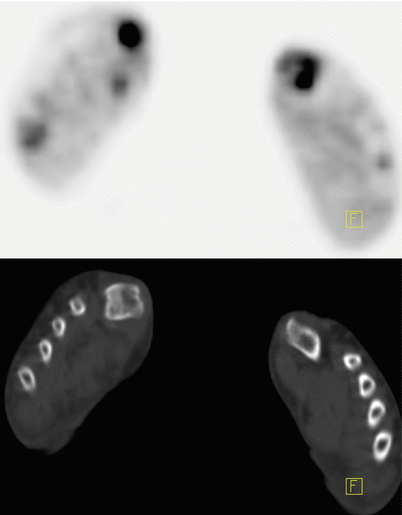
The doctor will manually examine the lower abdomen to check for a mass, which may indicate an enlarged bladder due to retained urine. The physical examination may begin with the doctor observing urination to completion to detect any urinary irregularities. The physician will also ask whether any over-the-counter or prescription medications are being taken, because some can make voiding symptoms worse in men with BPH. A thorough medical history should include questions about any worsening of urinary symptoms when taking cold or sinus drugs, and previous urinary tract infections or prostatitis (inflammation of the prostate, which may cause pain in the lower back and the area between the scrotum and rectum, and chills, fever and general malaise). A neurogenic bladder is suggested when a man has diabetes or a neurologic disease such as multiple sclerosis or Parkinson’s disease, or recent deterioration in sexual function. Pain in the penis or bladder area may indicate bladder stones, infections, or irritation or compression of the pudendal nerve. Bladder cancer is suspected if there is a history of blood in the urine.


Strictures can result from urethral damage caused by prior trauma, instrumentation (for example, catheter insertion) or an infection such as gonorrhea. However, this index cannot be used for diagnosis, since other diseases can cause symptoms similar to those of BPH.Ī medical history will give clues regarding conditions that can mimic BPH, such as urethral stricture, bladder cancer or stones, or abnormal bladder/pelvic floor function (problems with holding or emptying urine) due to a neurologic disorder ( neurogenic bladder) or pelvic floor muscle spasms. The American Urological Association (AUA) Symptom Index provides an objective assessment of BPH symptoms that helps determine treatment. Blood in the urine (hematuria) may herald BPH, but most men with BPH do not have hematuria.

Symptoms related to BPH are present in about one in four men by age 55, and in half of 75-year-old men.

Not long ago, a study found a possible genetic link for BPH in men younger than age 65 who have a very enlarged prostate: Their male relatives were four times more likely than other men to need BPH surgery at some point in their lives, and their brothers had a sixfold increase in risk.īPH produces symptoms by obstructing the flow of urine through the urethra. Benign prostatic hyperplasia, a noncancerous enlargement of the prostate gland, is the most common benign tumor found in men.Īs is true for prostate cancer, BPH occurs more often in the West than in Eastern countries, such as Japan and China, and it may be more common among black people.


 0 kommentar(er)
0 kommentar(er)
